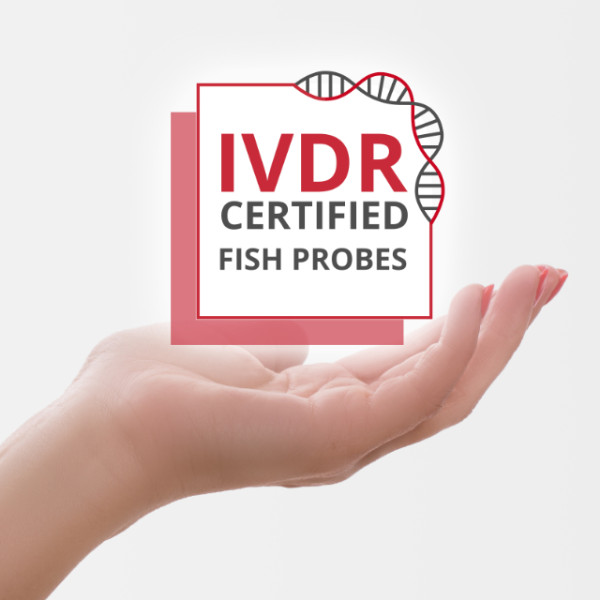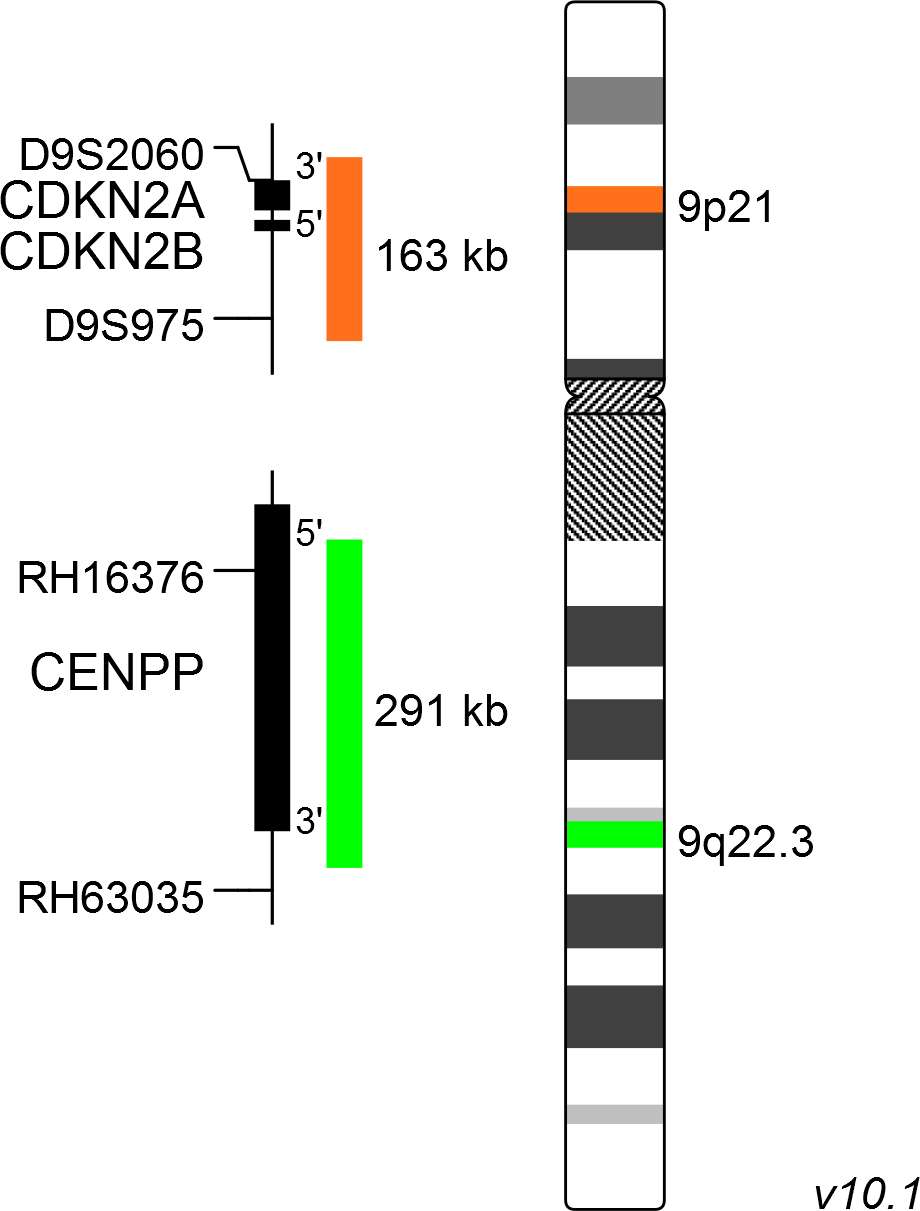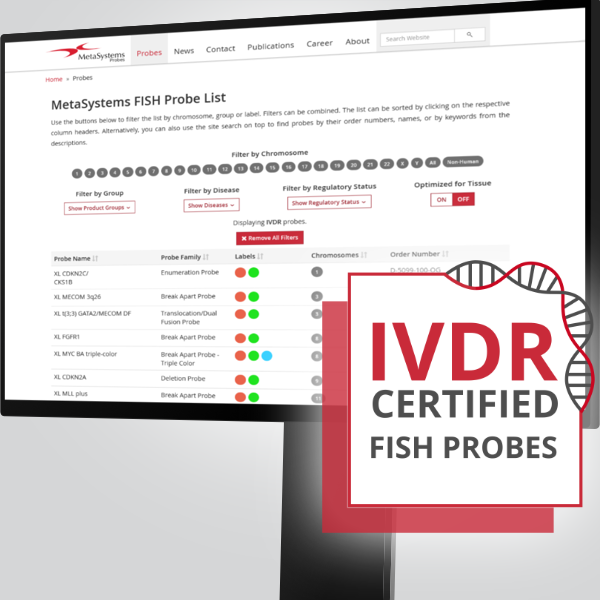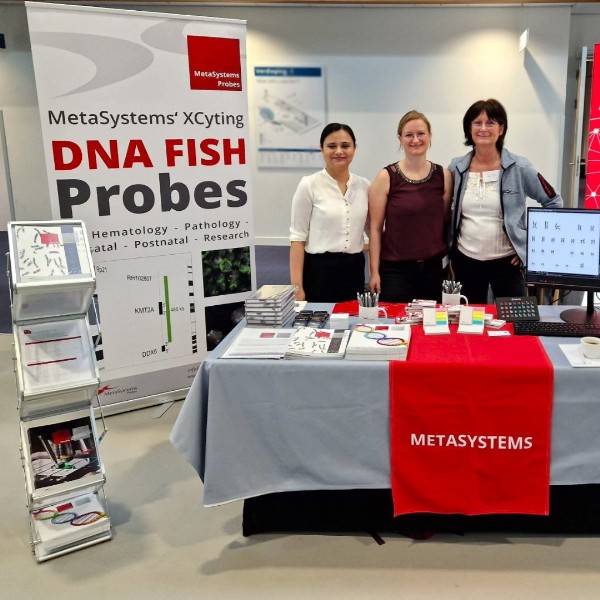Acute lymphoblastic leukemia (ALL) is the most common childhood cancer type. T-cell acute lymphoblastic leukemia (T-ALL) is an aggressive and quickly progressing type of ALL affecting T-lymphocytes. Inactivation of the tumor suppressor genes CDKN2A/2B, located at chromosomal region 9p21, is a significant event in the development of T-ALL and other cancer types. Principally, loss of function might happen by deletion, methylation of promotor regions or mutations, whereas deletion of chromosomal region 9p21 seems to be the predominant mechanism.
CDKN2A/2B deletions can be detected in about 60% of pediatric and about 50% of adult T-ALL cases. Most deletions are within the resolution of the FISH technique. Genetic alterations of the 9p21 locus result in loss of regulation of the cell cycle which is critical to cancer development.
Clinical Applications
- Acute Lymphoblastic Leukemia (ALL)












